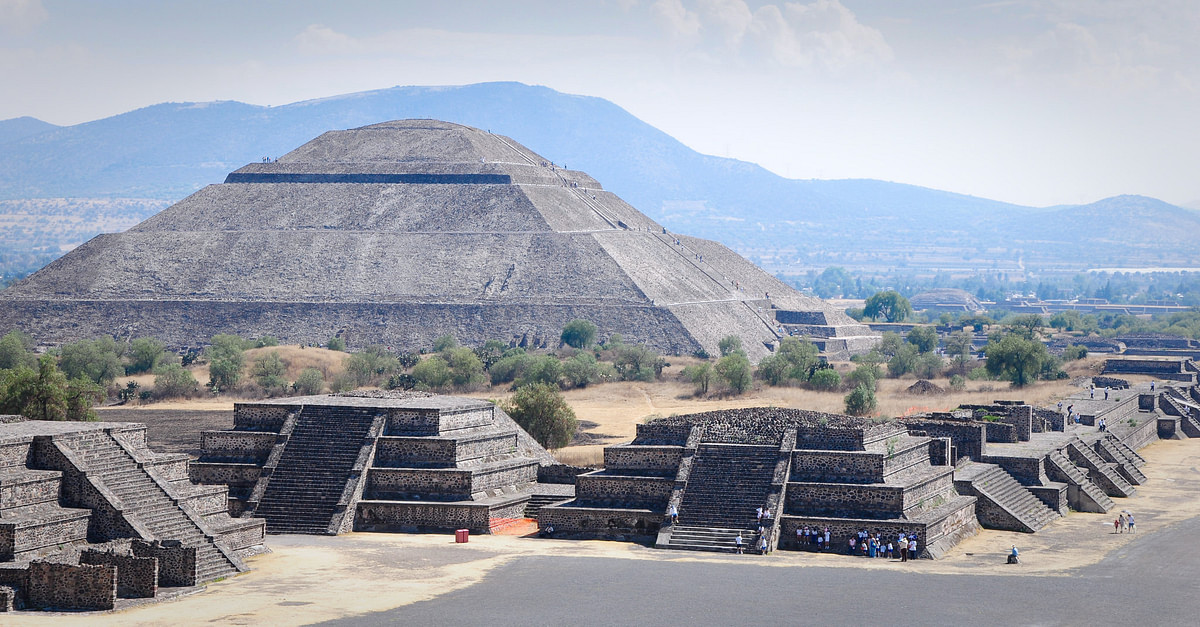

3 & 4), I conclude that even the stone daggers with a hilt copied the bronze daggers of type 3 in Fig. Analysing the distribution of bronze daggers and stone daggers (maps Fig. However, no reliable scytho-siberian type daggers were found in Korea and very few actual findings of the swords of the type chien were reported. 1) and the other bronze daggers - (1) & (2) in Fig. 2, scholars used to emphasize the similarity between the other types of stone daggers (A-b, BI-b, BII in Fig. Although the types A-a and B-a have a strong resemblance to the bronze daggers of type 3 in Fig. As to the bronze daggers in north-eastern Asia, three types are recognized as shown in Fig. The stone daggers have a relatively flat blade and are classified into two groups: (A) terminates in a square butt from which projects a short narrow tang, and (B) is provided with a hilt, Both have two subtypes (a) blades with grooves along a midrib, and (b) blades without a groove. the natives in Korea, who had been still living in a neolithic economy. Of these weap- ons the daggers were predominant, and were copied in stone by. It ranks in importance beside such later influences as those of the Han and T'ang Empires.

Aztec civilization series#
この論文は国立情報学研究所の学術雑誌公開支援事業により電子化されました。 The early invasion by the bearers of daggers, halberds and spear-heads of bronze was the first of the long series of contacts between Korea and the higher civilizations of the Asiatic Continent. The average increase in temperature becomes higher than that associated with global climate change over the same period of time. In addition to the amplitude, a shift on the maximum temperature time is observed associated with changes in heat fluxes. Regionally, an increment on the surface temperature was observed associated with two simultaneous processes: the extinction of the lacustrine system and the urban growth. The results show a significant thermal impact on the weather generated by the presence of the lake. The surface temperature from both simulations and eight meteorological stations located in the Valley of Mexico were compared. Numerical simulations were performed with the Weather Research and Forecasting model (WRF) considering a scenario with the current land usage conditions and one with the synthetic lacustrine system, both scenarios using initial and boundary conditions from 2012. The numerical experiment aims to replicate the set of lakes that formed the lacustrine system 500 years ago. This manuscript presents a numerical study of the thermal response for the months of January-February and August-September in a scenario that includes a water body representing the lake system of the Basin of Mexico excluding the urban coverage.


 0 kommentar(er)
0 kommentar(er)
